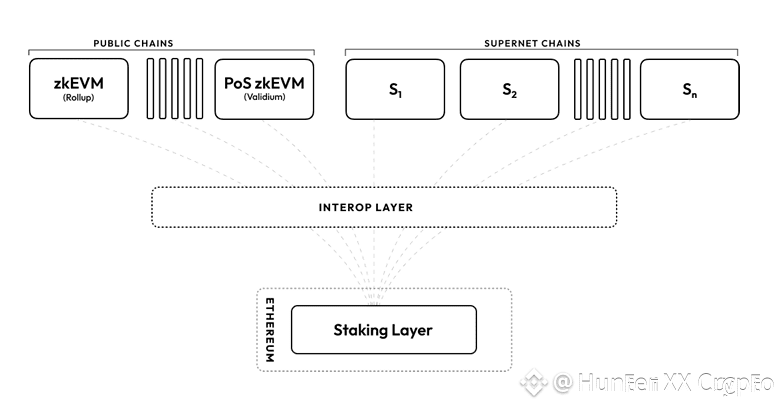The first interesting thing to know about any project is its vision, so this article focuses on the unique vision Polygon champions and how that vision becomes real. Polygon frames itself as the Value Layer of the Internet, a fabric where value moves as freely as information. The goal is not only faster payments or cheaper trades. The goal is a digital commons that supports fairer participation, efficient coordination, and inclusive governance at internet scale.
Value As A Native Internet Primitive
Most networks treat value transfer as an add on. Polygon treats it as a native primitive. In this model, every application can embed programmable value flows that feel as seamless as sending a message. The promise is a new class of organizations and markets that operate globally by default, with rules enforced in open code rather than private back offices. Such a shift raises the ceiling for what communities, brands, and institutions can build together.

The Scalability Imperative
Vision requires throughput. Any credible value layer must scale exponentially while protecting users from finality risk and interface friction. Polygon targets this by rethinking architecture rather than relying on incremental patches. The aim is to multiply capacity while keeping settlement confidence and predictable fees. User experience sits at the center, since adoption collapses if actions feel slow or confusing.
Polygon 2.0 As A Network Of ZK L2s
Polygon 2.0 advances a network of zero knowledge powered Layer 2 chains that interconnect through a dedicated coordination protocol. Each chain can run at high speed, yet the network behaves like one system. Cross chain actions are designed to settle quickly and safely, without piling on extra trust assumptions. This structure invites specialized chains for gaming, payments, or identity, while preserving a unified liquidity surface. The effect is similar to adding lanes to a highway without creating exit tolls between lanes.
Seamless Coordination Without Extra Trust
The novel coordination layer matters as much as the individual chains. Immediate cross chain communication reduces the need for custodial bridges and minimizes fragmentation of assets and users. Developers gain a consistent model for messaging, proofs, and finality, which simplifies design and reduces integration risk. Users interact with a network that feels coherent, since assets and state can move with minimal friction and clear guarantees.
POL As Economic Engine
Architecture needs an economy to sustain it. POL emerges as the mechanism that coordinates security, growth, and incentives across the network. Validators and participants can stake and contribute to multiple chains, aligning rewards with useful work such as proving, sequencing, or operating shared services. This creates a circular motion where better infrastructure attracts more activity, which in turn strengthens the network that secures the activity. A well designed token economy becomes the flywheel that keeps the value layer resilient through cycles.
A Practical Path To The Value Internet
Turning value into an internet native feature requires more than a slogan. It requires a system that anyone can build on, that scales as demand surges, that protects end users by default, and that composes new ideas without breaking safety. Polygon’s vision ties these outcomes together, using ZK technology for speed and privacy, a coordination protocol for seamless movement, and POL for aligned incentives. The destination is a web where value creation and exchange are routine, global, and open to all.
